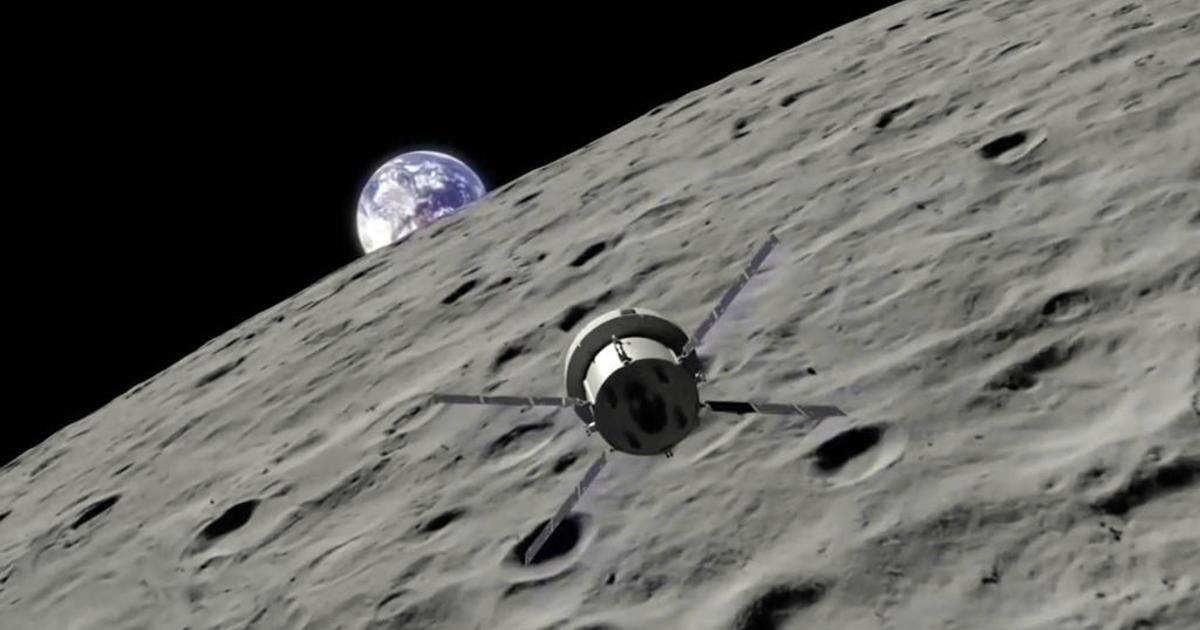Science Community Alarmed at NASA's Canceling of Major Lunar Mission

NASA announced that it would discontinue the development of its Volatiles Investigating Polar Exploration Rover (VIPER) mission to search for ice and potential resources at the moon's south pole.
The space agency said in a press release that cost increases, delays to the launch date, and the risks of future cost growth are the reasons to cancel the mission.
"Continuation of VIPER would result in an increased cost that threatens cancellation or disruption" to other missions, it said.
The cancellation comes at a late stage in VIPER's development. The rover, which has already cost 450 million U.S. dollars, has been completely assembled and has science instruments installed.
NASA said it planned to disassemble and reuse VIPER's instruments and components for future lunar missions.
The decision to terminate the project is expected to save NASA at least 84 million dollars, with potential for greater savings if launch delays had extended into 2026.
According to Joel Kearns, NASA's deputy associate administrator for exploration in the Science Mission Directorate, the initial budget for the project reported to the U.S. Congress in 2021 was 433.5 million dollars, with the landing set for the end of 2023.
However, since the project was delayed twice, the budget had risen to 505.4 million dollars with a landing at the end of 2024, he said. NASA estimated that even if the mission could be conducted in 2025, the cost for the project would reach some 609 million dollars.
Though budget constraints and development delays primarily drove the cancellation, several technical challenges contributed to these delays and ultimately influenced the decision to cancel, according to NASA.
The rover was supposed to be sent to the moon's south polar region on a commercial lander called Griffin from the U.S. company Astrobotic. It was tasked with exploring the terrain, including permanently shadowed regions, to better understand the extent and form of water ice.
The rover was initially planned to launch late last year, but in 2022, NASA requested a launch delay to late this year to provide more time for preflight testing of the Astrobotic lander.
Since then, "additional schedule and supply chain delays" have pushed VIPER's readiness date to September 2025, and independently, the Griffin lander has also been delayed to a similar time, according to the release.
A NASA Science analysis on VIPER highlighted the unique challenges of operating on the moon, including extreme temperatures, unfamiliar terrain and long lunar nights.
The rover's environmental testing was crucial to ensure its ability to withstand the harsh lunar environment, and its delay further pushed back the projected launch date.
The decision has raised concerns within the scientific community, with some researchers expressing disappointment on social media, saying that VIPER's mission was crucial for understanding the distribution and accessibility of water ice on the moon, which could be vital for future long-term human presence on the lunar surface and deeper space exploration.
Meanwhile, VIPER would have been NASA's first mobile robotic mission to the Moon.
"This is a bad mistake. NASA cancels the VIPER mission. This was the premier mission to measure lateral and vertical variations of lunar ice in the soil. It would have been revolutionary," Phil Metzger, director of the Stephen W. Hawking Center for Microgravity Research and Education at the University of Central Florida, said on social media X on Wednesday.
Fred Calef III, a geologist and data scientist at NASA's Jet Propulsion Laboratory, called the cancellation "one of the most short-sighted decisions." He said on X that NASA "just blasted a crater in the lunar program, both robotic and human."
For Astrobotic, VIPER's cancellation came as another setback following the failure of its Peregrine lunar lander mission in January this year.
Though NASA will maintain its contract with Astrobotic for the Griffin lander, now scheduled for launch no earlier than fall 2025, the company now faces two options: launching it as a demonstration mission or soliciting new customers.
Acknowledging that the Griffin lander was optimized to fly NASA's VIPER, the company's CEO John Thornton said they were "engaging in conversations with multiple customers about different payloads to fly on Griffin."
"The decisions must be made quickly, but we're considering all options," Thornton said.
4155/v





















